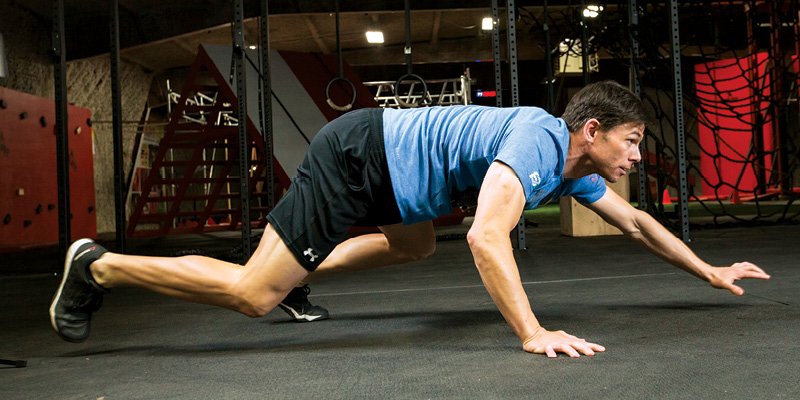Crawling isn’t just for babies! Personal trainers, professional athletes, and fitness enthusiasts are crawling their way to fitness and their results are impressive. Here’s what you need to know about it so that it can become part of your workout routine.
Benefits of Crawling
We associate crawling as the first mobile movements for babies but this isn’t so. We, both children and adults alike, can benefit from controlled crawling because it demands the use of most of our muscle groups.
Just try crawling naturally on the floor and you will realize that, indeed, it demands agility, balance and strength as well as coordination from your feet to your shoulders. You will even get a good workout by crawling on all fours for 30 minutes or so, such as on the floor exercise mat of your local YMCA.
Now imagine performing controlled crawling exercises, with or without the guidance of a personal trainer. With proper and regular crawling exercises, you will reap many physical and psychological benefits including:
- Improved core function, shoulder stability, and hip mobility
- Improved function in your proprioceptive and vestibular systems
Basically, you will be able to move more effectively and efficiently on your two feet! You can use the physical gains from crawling in your running, swimming, and lifting activities, aside from connecting with Mother Nature.
Types of Crawling Exercises
Since crawling will likely come naturally for you, you should have an easy time incorporating these crawling exercises into your workout. You can use them as part of your warm-up exercises for intense workouts or use them as the workout exercises after stretching your muscles.
- The knee-hand crawl
This the basic crawling stance where you make six points of contact with the ground from your hands to your toes. You will find it so easy to assume the starting position and perform the movements because of its stability. You just have to watch a baby crawling on all fours and you will get the idea.
- The foot-hand crawl
This is similar to the knee-hand crawl but there’s an added challenge. You have to add more speed to your movements and you have to suspend your knees an inch off the ground. Your stability, strength, and coordination will be put to the test because you have fewer points of contact – your knees hover above the ground.
- The inverted crawl
This will open up your chest and shoulders although the position can initially feel awkward. You will find plenty of real-life uses for it, too, such as scrambling downhill or moving down a steep slope.
Your personal trainer and your fellow fitness enthusiasts can recommend many more crawling exercises, such as the bear crawl. But develop your crawling skills with these basics first for best results.
